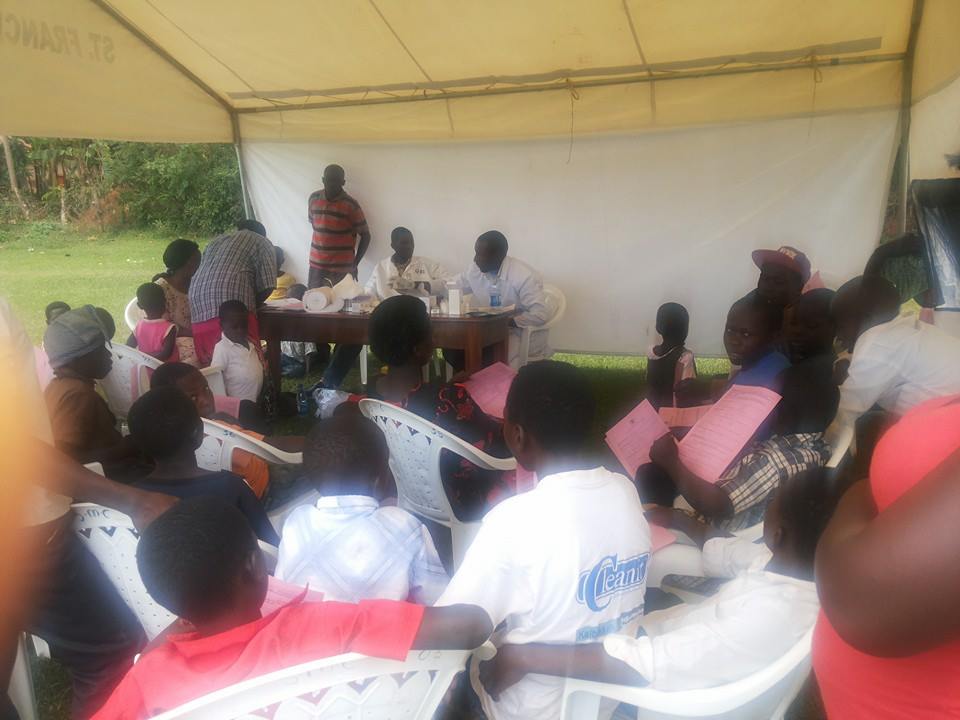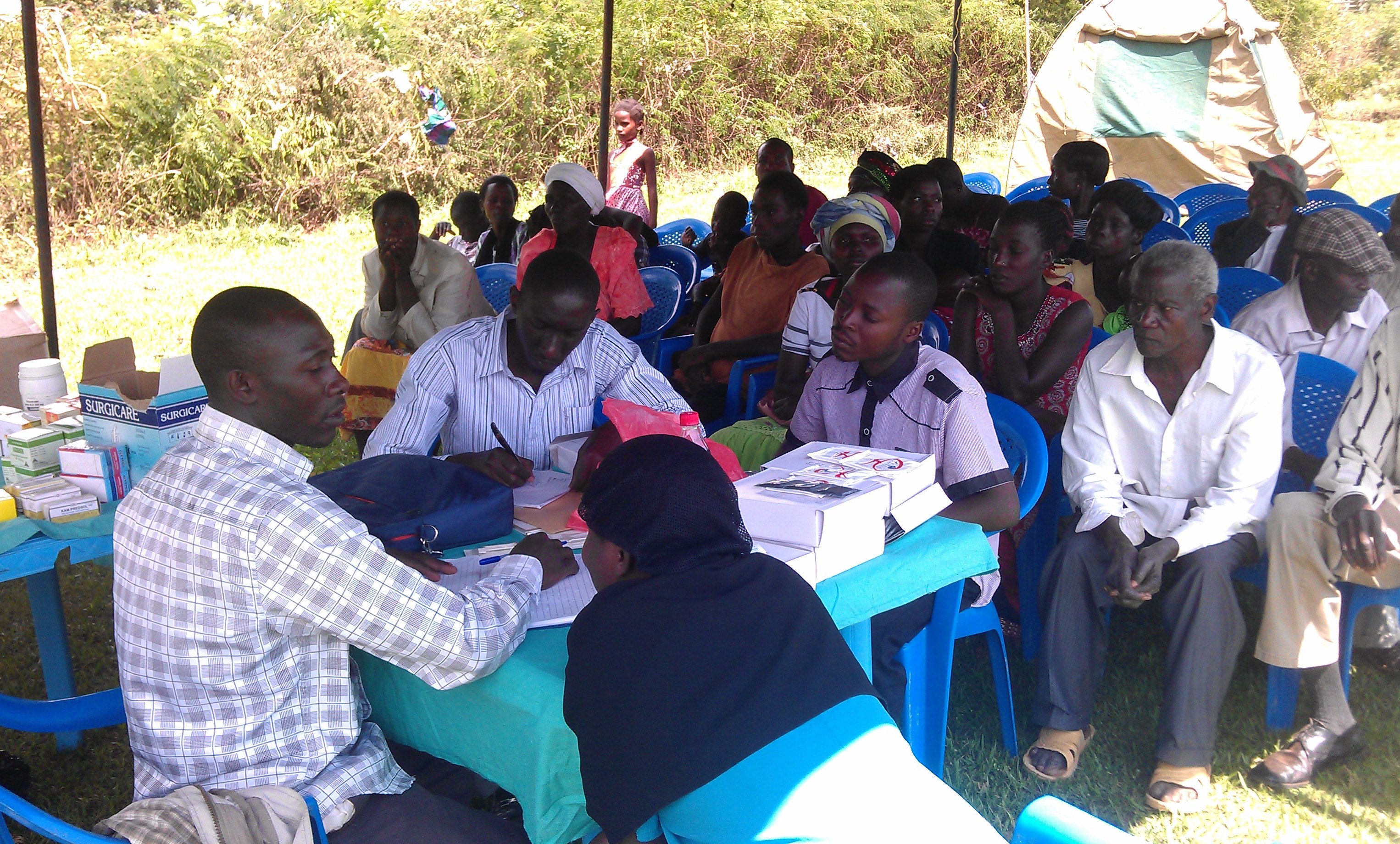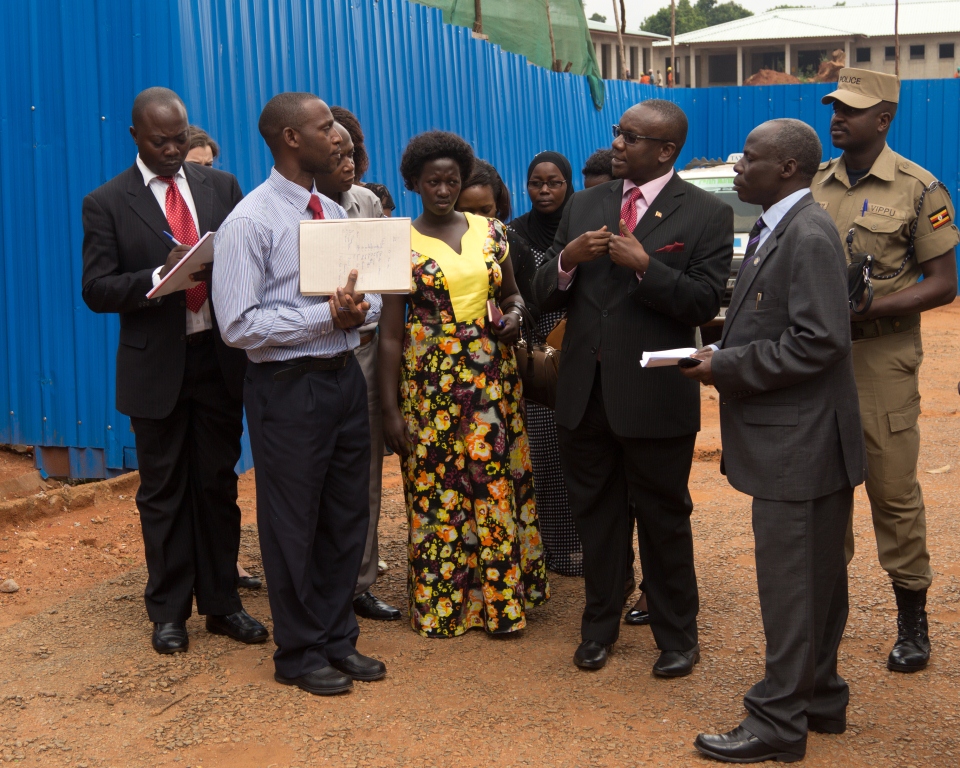By: Nakibuuka Noor Musisi
New research released in Uganda on the 8th of September 2014 shows that health care is the most alluring issue to Ugandan voters. The research that was conducted by a Columbia university researcher in collaboration with the coalition to stop maternal mortality comes in at a time when Uganda is nearly passing its financial year budget 2014/2015.
The research revealed that vast majority of voters will not support any Member of Parliament who does not prioritize health issues, such as correcting medicine stock outs or increasing health financing, motivating health workers, ensuring a sufficient budget for Primary health care etc.
The civil society organizations today thus called upon Members of Parliament to take action based on this data, specifically that Parliament not approve the FY2014/15 national budget unless it includes dramatically scaled up investments in recruitment and motivation of front line professional health workers, alongside expansion in primary health care (PHC) funding for health facilities.
The coalition correlated the health sector to security and noted with concern that in as much as security is key in ensuring a peaceful nation, the health sector should be given priority and to ensure that peace is secured for a healthy nation.
The coalition members while speaking to journalists specifically demanded for:
• A progressive salary enhancement that gives more to those who need it most: They demanded that the wage increment should be focused on these lower cadres whose work is essential and life – saving: midwives and nurses, at a cost of UShs 13.3 bn.
• Dramatic enhancement to Primary Health Care (PHC) non-wage funding by 41.2bn in order to ensure lower level health facilities can deliver essential life -saving services, catering for fuel, electricity, immunization, supervision, coordination, hygiene inspection, and health education. They related PHC underfunding to more women dying from lack of access to emergency obstetric care in all Health Center IVs and health facilities not being in position to respond to the leading causes of preventable maternal death—post partum hemorrhage, sepsis, obstructed labor, unsafe abortion and eclampsia—unless they are equipped to provide essential health services.
• The recruitment exercise of 3,371 health workers is completed at a cost of UShs 28.3 bn in annual salary and allowances.
• Double the national investment in HIV and TB treatment in order to close the funding gap created by expanded HIV treatment eligibility.
This data comes in at a time when the first ever- landmark maternal health case (Constitutional appeal No. 1 of 2013- arising out of Constitutional Petition No. 16 of 2011) will be in the Supreme court for the first hearing on 11th September.
It is important that the desires and aspirations of people are put into consideration. Could be that the voters are worried about the high numbers of maternal mortality in the country- indeed 16 women die un necessarily every day in child birth – the causes of which are preventable.
From the reading of the research, voters are interested in ensuring having functional health facilities, motivated health workers among others which call is more less the same call in the court case filed. The time is now that Uganda stood up to its citizens- we need to abide by their wishes and as they note, the 2016 campaigns are most likely going to be influenced by what the government prioritizes’
Health should thus be key.





